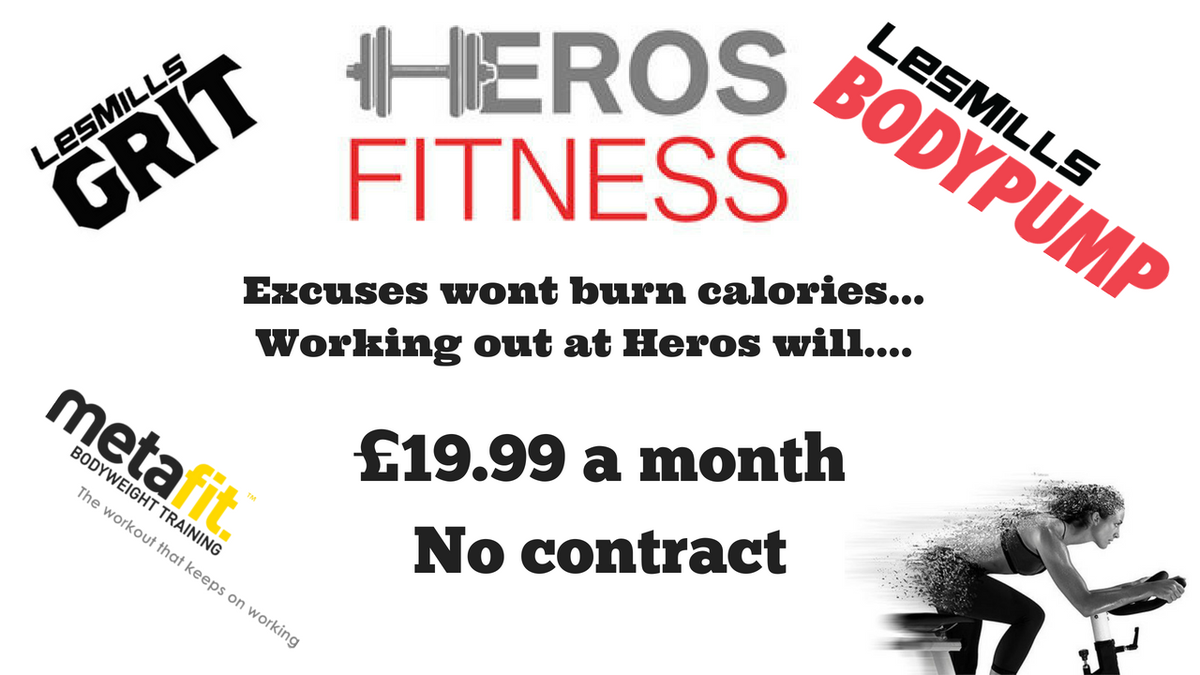

In a single hero image, Memobottle communicates the benefits of a flat water bottle, and shows, through the styling of their model, the kind of well-dressed, classy consumer they look to reach. This idea of projecting results through hero images goes far beyond fitness however, and permeates every level of strategic hero image campaigns. It’s implied that buying the product will bring the results. Rather, the goal is for the viewer to identify their own body type in the “before” photo so they’ll project the results of the “after” photo onto themselves. The goal of hero images like this isn’t about showing the efficacy of the fitness product. The most straightforward example of this is one you see in the health and fitness industry all the time through before and after photos. But you won’t trust yourself if all you’ve perceived in the past is untrustworthy behavior.”Ĭhoose images that help shoppers envision their lives with your product. In order to change your behavior, you need to trust yourself. “If we want to change our beliefs, we first have to change the behavior we observe. Jeff Wise of NY Mag points out that “at a subconscious level, the way we form beliefs about ourselves isn’t about what we say or even what we think, but what we see ourselves doing.” Show Visitors The Future Version of Themselves That’s where psychology, branding, and usability intersect, and are the basis for these 4 tips that will transform your approach to choosing hero images, and will help you see the subtleties behind compelling photos.

So how can ecommerce marketers create more authentic experiences with their products while capturing their audiences’ attention spans, in the moment? With the brain processing images 60,000x faster than words, you can bet that your hero image selection plays a significant role in that promise you’re making to prospective customers maybe even more so than any written out guarantees. Now in my mind, that first scroll is the first signal that the conscious mind is kicking in, and a visitor is ready to really evaluate your offer, but here’s what you’re up against only 4% of consumers think the marketing industry behaves with integrity - “integrity”, by the way, being defined as “always keeping promises.” Now, we know, based on eye tracking research that people scan the top of a page, fixate on the top left, and spend 23% of time looking at a website’s navigation, with the next scroll and gaze naturally being on hero imagery and headlines. No seriously, It only takes 13 milliseconds for your brain to register an image and 50 milliseconds for your brain to form a first impression.

You’ve got 5 flaps of a hummingbird’s wings to communicate to visitors through your hero images, “this is a place you want to shop.”


 0 kommentar(er)
0 kommentar(er)
